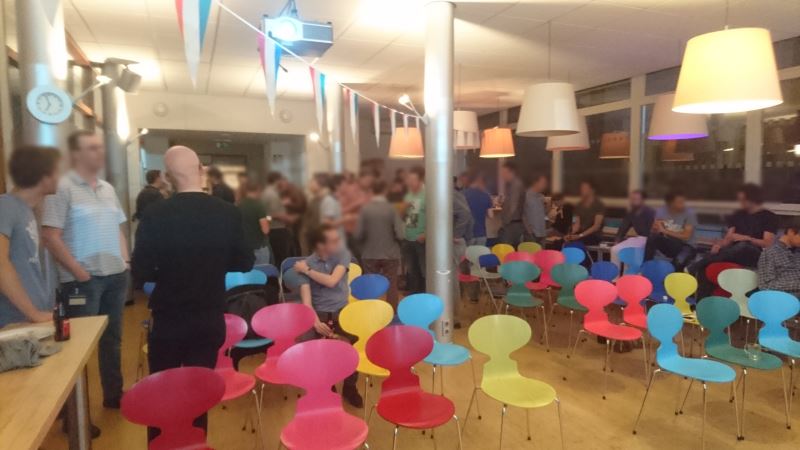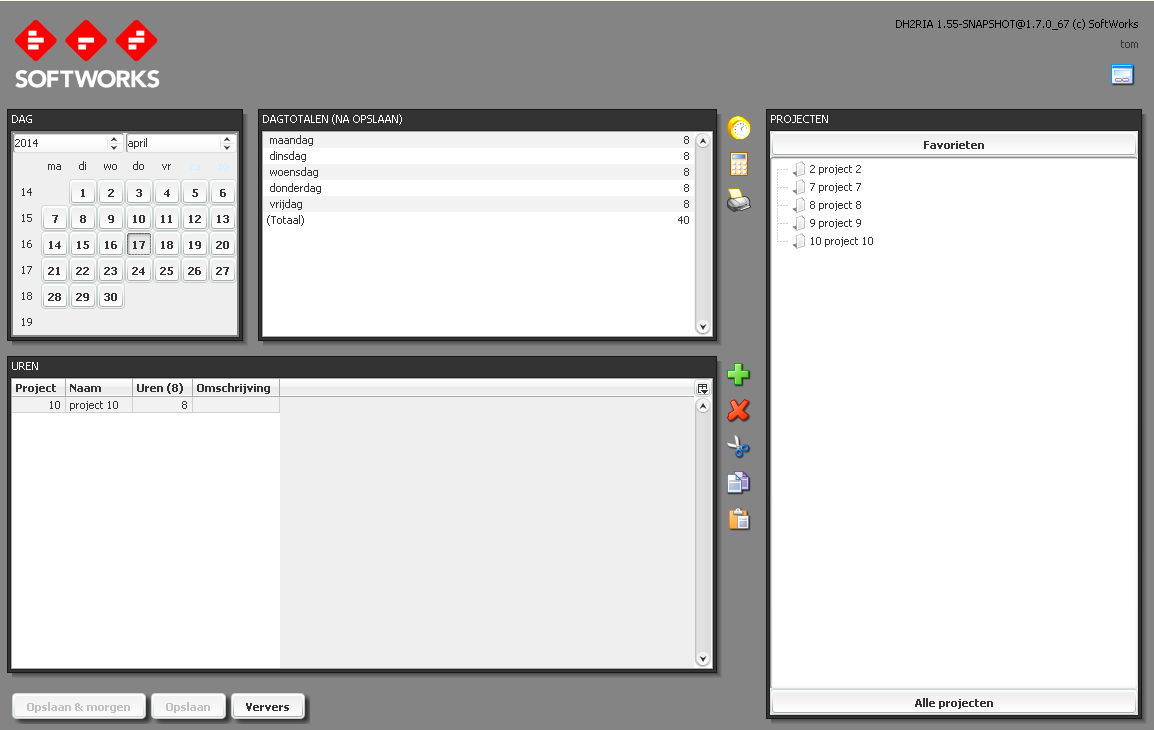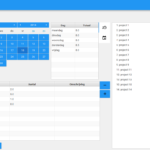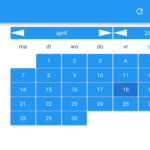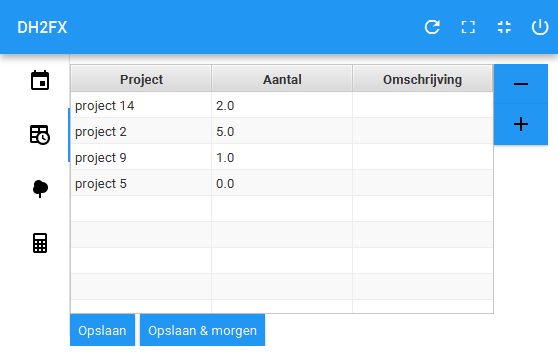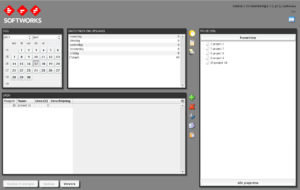I’ve already blogged about running JavaFX on Android and discovered that my first generation Nexus 7 is quite able to run such an application, including an animated gauge. So it is time to step up the ante and go for a fully working application.
As the (unwilling) candidate I chose my own time registration application. It is a 10+ year old application that I helped write and was sold commercially. As a rent-a-nerd I’m now using it myself to keep track of my hours, for billing at the end of the month. It’s main component is an applet that acts as the primary user interface, and it talks with the backend using Hessian. Remember, this was all before SOAP and REST became popular and Javascript on browsers was mostly disabled.
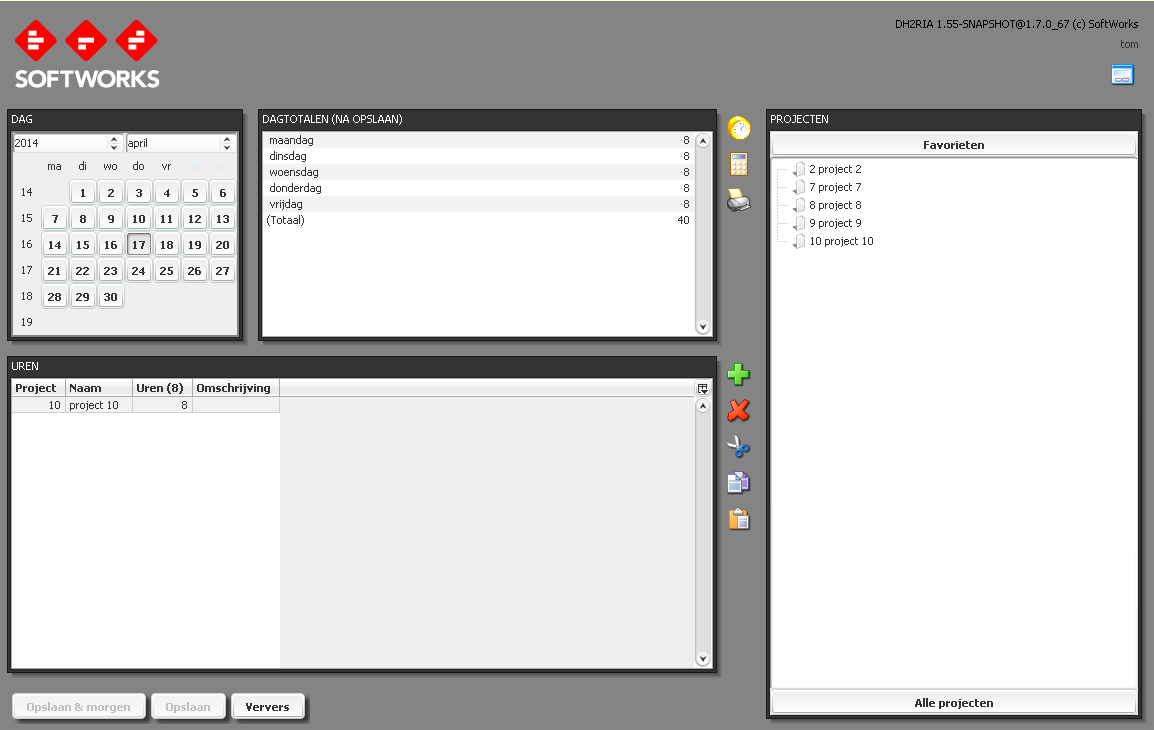
Yes, applets / Swing applications can look pretty decent as well. And I think it hasn’t lost much of its looks in these 10 years, it even has some animation going on. The backend also had a web application for administrative functions, but I now just SQL the stuff straight into the database, I don’t need all the fancy logic that was in the web application.
Recent developments in browsers means that I can only start the applet in IE at the moment, and Oracle will discontinue the plugin completely. So that means I either convert the applet into webstart application, or write a JavaFX version, that just happens to also run on Android and other mobile hardware.
There isn’t much challenge in the first option, is there? So the choice was easy. (more…)

